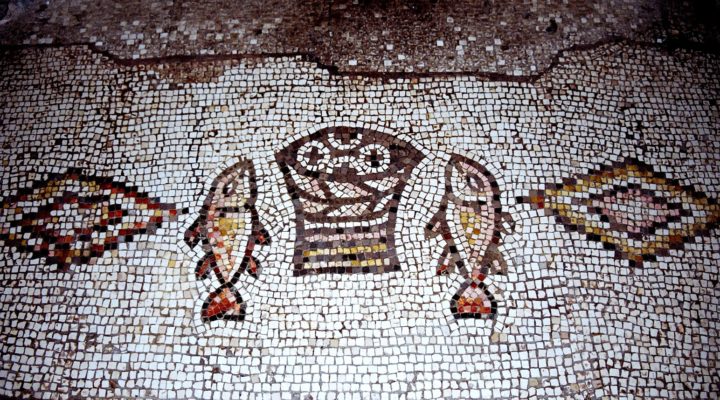While U.S. annual conferences are going through the throes of more painful disaffiliations through the end of 2023, one regional unit’s board of trustees has set up a way for churches that have left to rejoin The United Methodist Church.
A motion to draft such a policy was put forth by Nathan Attwood, senior pastor of First United Methodist Church in Marianna, Fla., during the 2023 session of the Alabama-West Florida Annual Conference held in June. Alabama-West Florida covers the Florida Panhandle and southern Alabama up to Montgomery.

Nathan Attwood
Attwood said in an interview his motion was based on Jesus’ parable of the Prodigal Son from Luke 15:11-32. He said he was moved to propose a reaffiliation policy by both the pain caused by contentious disaffiliations and by recent indications that some churches are beginning to realize what they’ve lost in exiting the UMC. Among the benefits he cited are the denomination’s “connectional” structure, through which congregations receive pastors and participate in ministries beyond the local church. The connectional structure is supported through annual contributions known as “apportionments.”
“I know that some disaffiliated churches have asked their former district superintendents for help in finding pastors,” Attwood said. “And I saw in one church newsletter that the possibility of rejoining The United Methodist Church was included among topics for a congregation’s discussion.”
“I think some churches may have thought they were simply taking a stand against theology or homosexuality,” Attwood said. “Now they’re beginning to realize what they’ve lost in leaving the covenant community of The United Methodist Church.”
In a Sept. 18 article on the conference website, clergywoman Kelli Hitchman-Craig quotes Attwood regarding his reaffiliation motion: “We’ve talked about disaffiliation for long enough, the conversation needs to turn toward reconciliation. Our communication about how to disaffiliate has been so clear, it should be just as clear for churches to learn how to come home.”
“It is our responsibility … to make sure the light is on, there’s a plate in the oven, and we are ready to receive them with open arms, with the robe and the ring.”
The conference article also quotes Attwood’s speech in favor of reaffiliation: “On the very day that the Prodigal Son left home, the father began to make preparations for his return, and so it is our responsibility as followers of Jesus Christ, as the spiritual home of the churches who have left, to make sure the light is on, there’s a plate in the oven, and we are ready to receive them with open arms, with the robe and the ring.”
Attwood said he was “so pleased” the conference board of trustees acted swiftly and decisively on his suggestion. Despite the ruptures caused by the disaffiliation movement — reports have noted breaks in families, longtime friendships and collegial relationships —Attwood said he sees the winding down of disaffiliations as an opportunity to move forward.
“We all have things we have to work through as a result of the disaffiliations,” he said. “The only thing now is to move forward in a reconciling way.”
Attwood’s view was echoed by clergywoman Emily Kincaid, conference board of trustees’ chair.
“The board was very excited to consider and pass the policy; we are grateful for the request that came from Dr. Attwood,” she said. “This is the most life-giving work of what the board has been doing.”
According to the conference news article, the trustees based the reaffiliation policy on a procedure that governs new church starts in the United Methodist Book of Discipline, the collection of church laws and policies. In essence, the reaffiliation process resembles that of the disaffiliation procedure: a church’s leadership must meet with the superintendent of the United Methodist district in which it is located; must draft a statement of why the church wishes to reaffiliate; and must get the request approved by vote by the church’s leaders and members.
However, unlike disaffiliation, a church that votes to reaffiliate won’t be required to be approved by the annual conference; its return can simply be approved by the conference board of trustees. In addition, a church that applies to reaffiliate within three years of leaving will be exempt from paying its UMC dues for the first year.
“When our denomination divided in 1844 over the issue of slavery, the deepest division in our history, it took 95 years for reconciliation to take place; and that process is still ongoing,” Attwood was quoted when the new policy was announced. “There’s no reason it should take 95 years or more for us to reconcile. The sooner reconciliation begins, the sooner Christ’s prayer for us can be fulfilled.”
Attwood said he sees the new reaffiliation policy as a hopeful reminder that “there is always the option of going home.”
Related articles:
Clearer picture emerging of UMC’s future
What happens when a UMC exit vote fails in a congregation?
Why it’s so hard to leave The United Methodist Church


